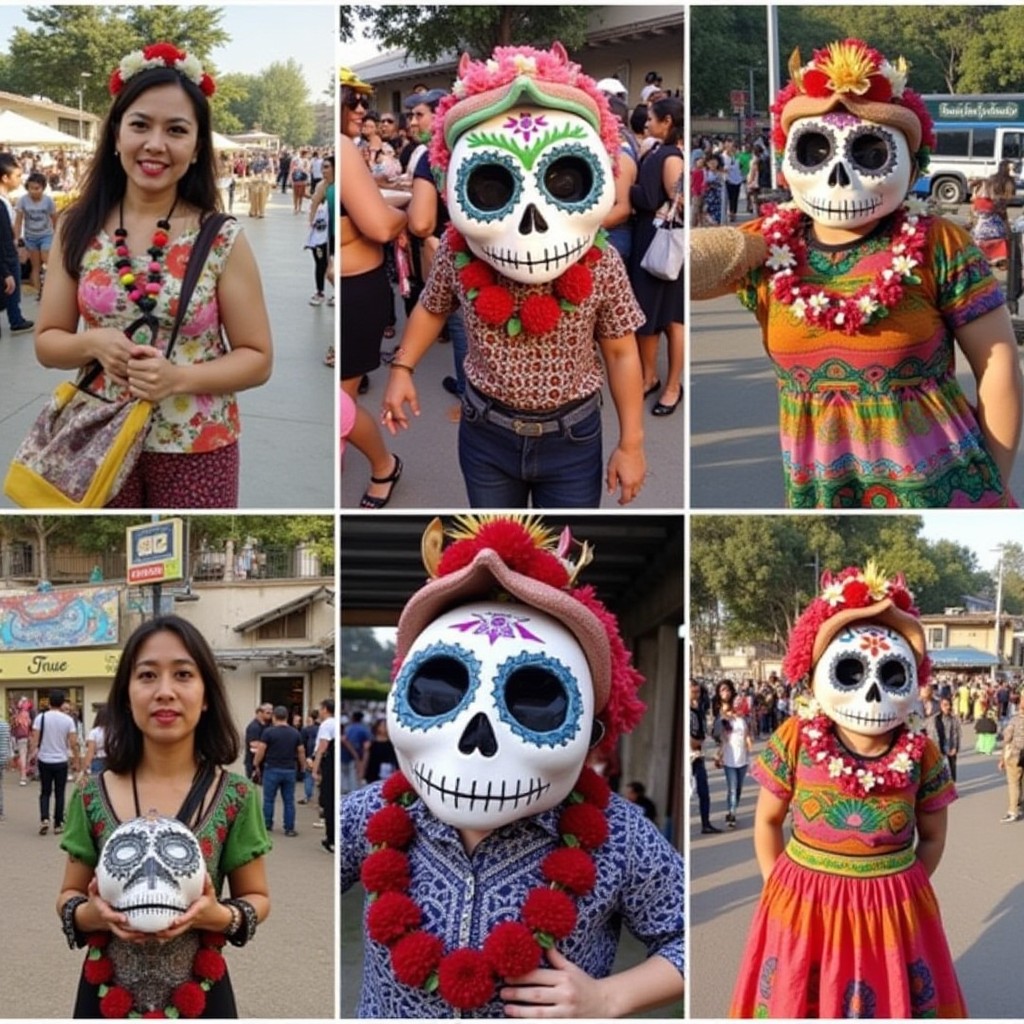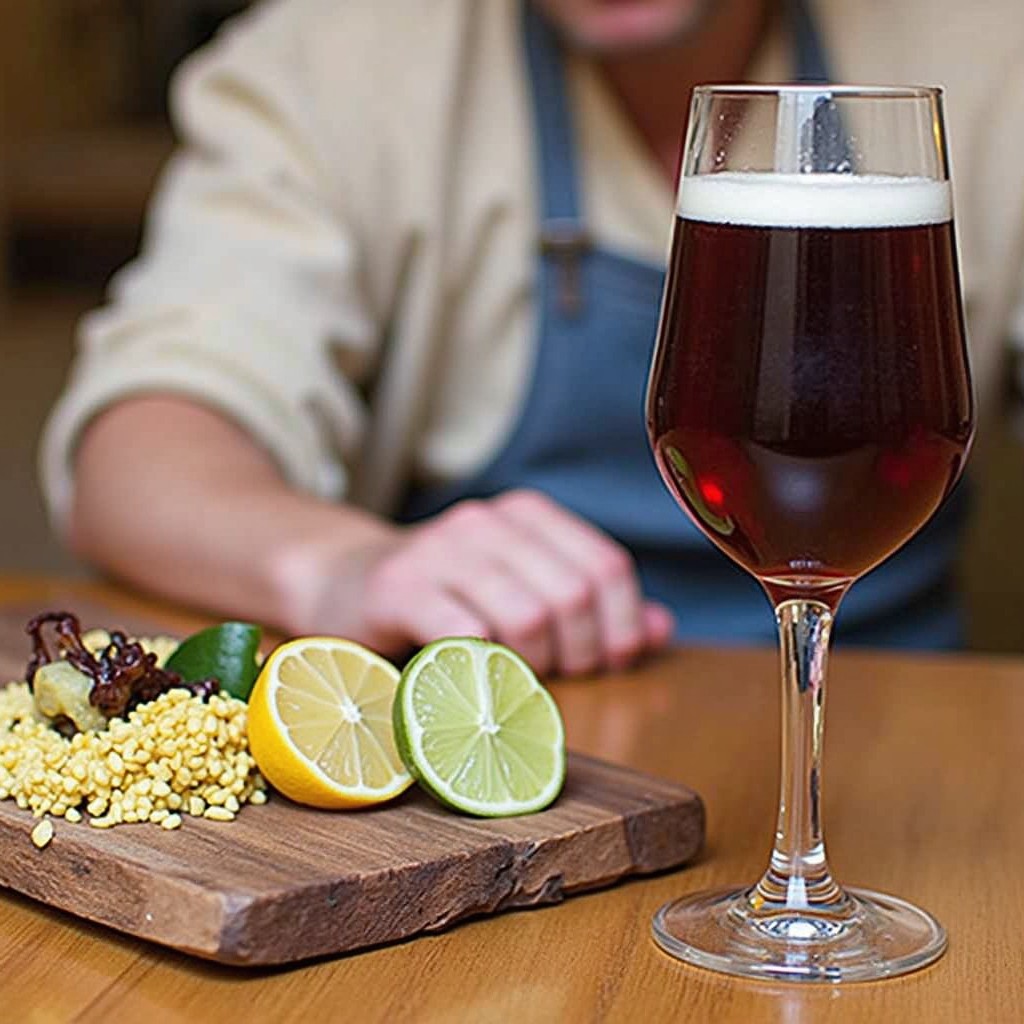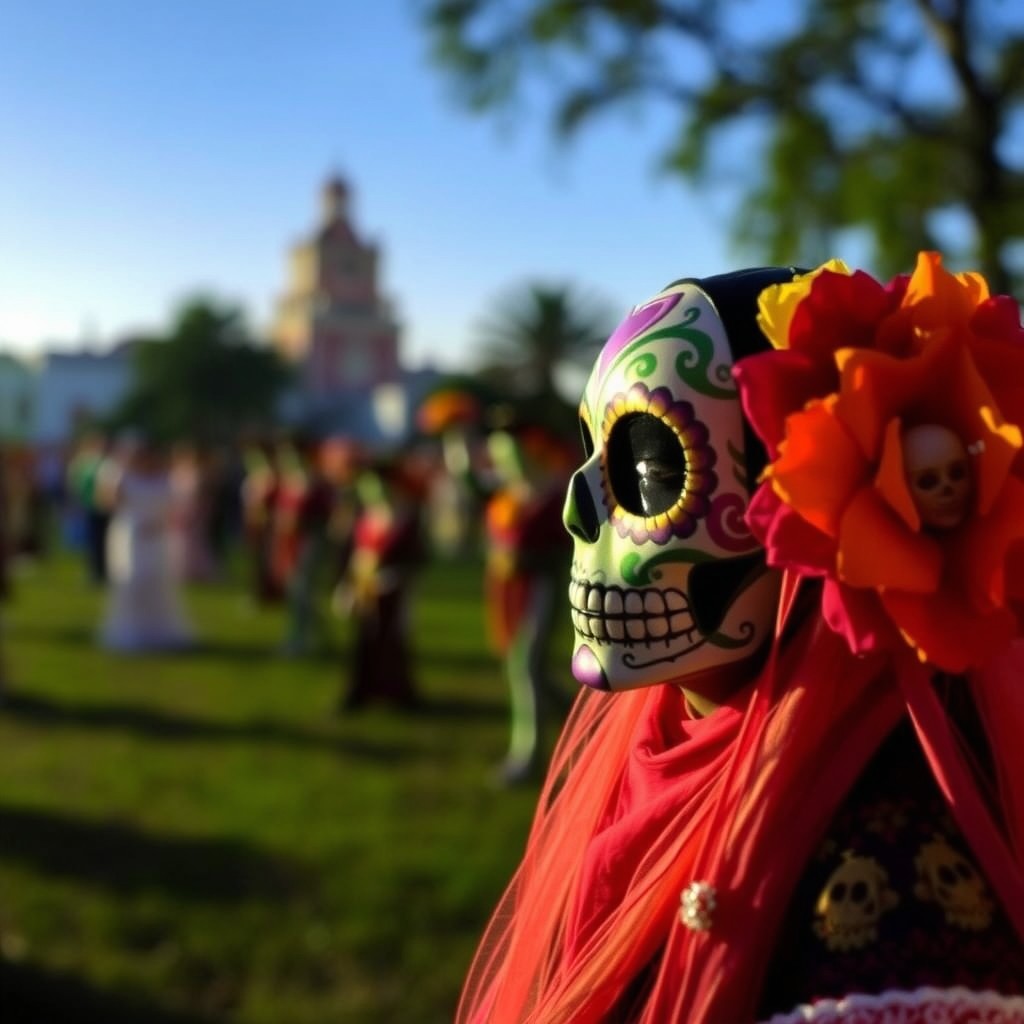Introduction to Oaxaca’s Day of the Dead Festival
The Day of the Dead in Oaxaca is a vibrant and profound celebration. It honors departed loved ones in a colorful and heartfelt way. The festival combines indigenous traditions with Catholic influences, creating a unique cultural experience.
Why Oaxaca is the Best Place for Día de los Muertos

Oaxaca is renowned for its rich traditions, exceptional cuisine, and deep-rooted indigenous culture. During the festival, every corner of the city bursts into life with altars, marigolds, and candlelit streets.
Cultural Significance of the Festival
The Day of the Dead is more than just a holiday; it’s a connection between the living and the dead. In Oaxaca, families gather to remember loved ones through offerings and prayers.
When Does the Festival Take Place?
The festival officially begins on October 31 and continues until November 2. Each day has its own significance:
- October 31: Families prepare altars and decorate graves.
- November 1 (All Saints’ Day): Honors deceased children.
- November 2 (All Souls’ Day): Dedicated to adults who have passed away.
Essential Elements of the Celebration
Altars and Offerings
Oaxacan altars, or ofrendas, are central to the festival. They are adorned with photos, candles, and favorite foods of the deceased. Key elements include:
- Cempasúchil (marigold flowers): Symbolize death and guide spirits.
- Pan de Muerto (Bread of the Dead): A sweet bread baked for the occasion.
- Incense and Candles: Create an inviting atmosphere for spirits.
Graveyard Visits
Families gather at cemeteries, cleaning and decorating graves. It’s a time of music, storytelling, and reflection.
Street Parades and Performances
Oaxaca’s streets come alive with parades like the famous Comparsas. Participants wear intricate costumes and dance to traditional music.
Best Places to Experience the Festival in Oaxaca
City Center (Zócalo)
The Zócalo is a hub of activity, filled with altars, markets, and performances. It’s the perfect place to feel the festive spirit.
Cemeteries
Visiting cemeteries like Panteón General or Xoxocotlán offers a deeply spiritual experience. Witness candlelit rituals and heartfelt gatherings.
Nearby Villages
Villages like Teotitlán del Valle and Mitla have their unique traditions. Their intimate celebrations are a must-see.
Traditional Food and Drinks to Try

Mole Negro
This complex sauce, made with chilies, spices, and chocolate, is a hallmark of Oaxacan cuisine.
Tlayudas
Known as Mexican pizzas, these large tortillas are topped with beans, cheese, and meat.
Hot Chocolate
Oaxacan hot chocolate, made with cacao and cinnamon, is a comforting treat during the festival.
Art and Crafts During the Festival
Oaxaca is famous for its artisans, and the festival highlights their work. Look for:
- Alebrijes: Colorful, fantastical creatures carved from wood.
- Sugar Skulls: Intricately decorated confections symbolizing the departed.
- Textiles: Handwoven fabrics showcasing traditional designs.
How to Prepare for Your Visit
Book Early
Accommodations fill up quickly, so secure your stay months in advance.
Dress Appropriately
Comfortable shoes are essential for exploring the city and cemeteries. Traditional clothing or face paint is encouraged.
Learn the Traditions
Familiarize yourself with customs to appreciate the festival fully.
Must-See Events and Activities
Comparsas
These lively parades feature dancers, music, and elaborate costumes.
Sand Tapestries
Artists create stunning works of art using colored sand.
Cultural Workshops
Learn to make altars or prepare traditional foods through hands-on workshops.
Tips for a Memorable Experience
- Respect the Customs: Be mindful when taking photos, especially in cemeteries.
- Engage with Locals: Their stories and insights enrich your experience.
- Pace Yourself: The celebrations can be overwhelming, so take breaks as needed.
Conclusion
Oaxaca’s Day of the Dead Festival is a magical blend of joy, memory, and culture. It’s a once-in-a-lifetime experience that stays in your heart forever.
FAQs
1. What makes Oaxaca’s celebration unique?
Oaxaca’s rich mix of indigenous and Catholic traditions creates a deeply authentic experience.
2. Is the festival suitable for families?
Yes, it’s family-friendly and filled with activities for all ages.
3. Can I participate in altar-making?
Many workshops and cultural programs allow visitors to join in.
4. Are there vegetarian food options?
Oaxacan cuisine offers plenty of vegetarian choices, including mole and tlayudas.
5. What’s the best way to get around Oaxaca?
Walking is ideal for the city center, while taxis and tours are great for exploring villages.

